Vicks VapoRub Review: Does Vicks VapoRub Really Work?
Bottom Line:
Vicks VapoRub has some evidence in helping reduce symptoms of cough, congestion and with difficulty sleeping. It does not directly act as a decongestant, but provides a cooling sensation that makes you feel that you are breathing better. Avoid applying it right under the nose and do not use it in children under the age of two. Make sure it is applied carefully on children so it is not ingested!
You’ve likely encountered Vicks VapoRub by now. It’s been a go-to as the chest rub-on since the early 1900’s. As popular as it is, we really wanted to dive into whether it really works so read on!
What is Vicks VapoRub?
Vicks VapoRub is a topical ointment used to help nasal congestion and coughs caused by throat and airway irritation from the common cold. The manufacturer also states it can be used to temporarily relieve minor muscle and joint aches and pains[1].
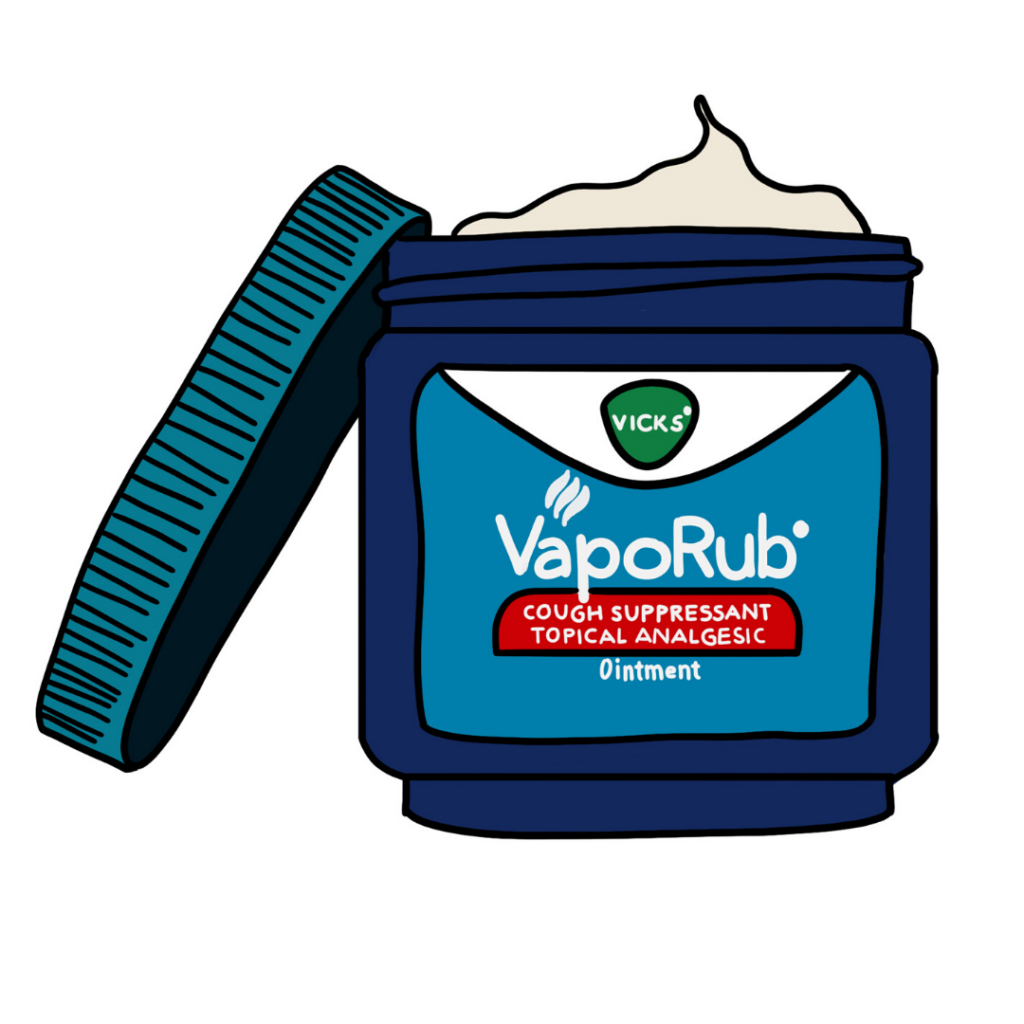
Oddly enough, many people have found alternative (and very surprising!) uses for the ointment such the treatment of headaches, bug bites, toenail fungus, acne, reducing belly fat and splinters. Vicks VapoRub is also commonly used as a mosquito repellent, and even as a tool to house-train pets. Although all of these more unconventional uses are interesting, this article will focus on its decongestant relief.
Fast Fact: Vicks VapoRub was originally called ‘Vicks Coup and Pneumonia Salve’ & was invented by a pharmacist in 1890 (as a salve to help with croup and pneumonia). The product is now owned by Proctor and Gamble.
What is in Vicks VapoRub?
The Vicks VapoRub ingredients are listed here[1]:
Active Ingredients:
- camphor
- eucalyptus
- menthol
Inactive Ingredients:
- cedarleaf oil
- nutmeg oil
- petrolatum
- thymol
- turpentine oil
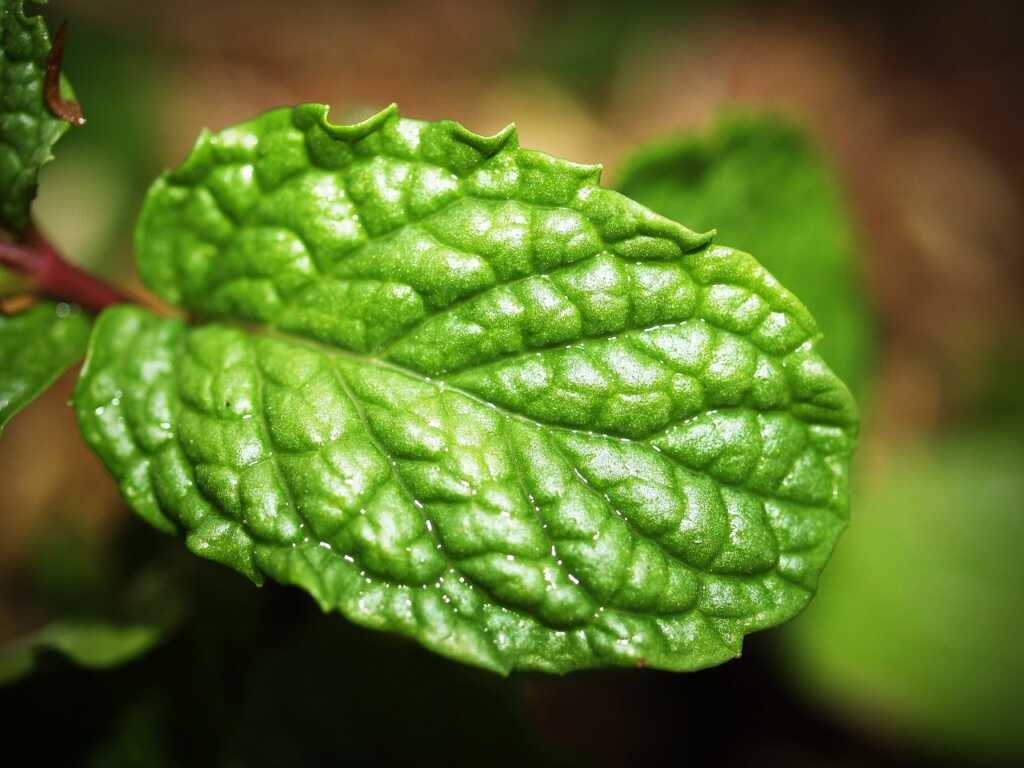
How Does Vicks VapoRub Relieve Congestion?
Although Vicks VaporRub claims to help people breathe better, the ingredients (such as camphor and menthol) don’t truly act as a decongestant. A ‘stuffy nose’ is basically from swollen blood vessels in your nose, making it hard to breathe[2]. Regular decongestant products make it easier to breathe by contracting the blood vessels and reversing this effect.
The feeling of better breathing after using this rub is due to the action of eucalyptus, camphor and menthol which act on cold receptors in the nose, resulting in a cooling sensation. This sensation leads to a perceived ease in breathing[3].
Fast Fact: camphor, eucalyptus and menthol are found to cause a cooling sensation, which makes breathing feel easier (the product doesn’t actually work as a decongestant)
The eucalyptus oil in this product is the only compound that may show decongestant properties as it has been found to stop excess secretion of mucus in the airways[4].
Vicks VapoRub Evidence
There are only a handful of studies examining vapor rub products and their ingredients. Unfortunately, some studies have conflicting results and do not have the best study design. In one study comparing vapor rub against petrolatum or nothing at all looked at the relief in children suffering from cough, nasal congestion and a good night’s sleep. There was some improvement with cough and congestion and sleep difficulties[5]. Another study found that participants using Vicks VapoRub experienced nasal decongestion just 62 seconds after application, which for our purposes is seemingly a great finding[6]. However, this study has the potential for bias because it was funded by the company that makes Vicks products.
Is Vicks VapoRub Safe?
Serious side effects with this product are rare. The main reported side effects are burning sensations (mostly felt on the skin, nose and eyes) and skin rash and redness[5].
Although, Health Canada has approved the use of camphor and eucalyptus oil for over-the-counter products, they can cause poisoning and toxic effects such as vomiting and seizures if they are accidentally swallowed by children[7]. So, if you are applying it on young children over the age of two, make sure they are applied carefully and kept out of reach so it is not accidentally ingested.
It is important that you do not apply Vick VapoRub under the nose. This newer recommendation is from a small study that found it may actually increase nasal mucus and congestion, making it harder to breathe and possibly block the airways of young children[8].
Can Vicks VapoRub be Used On Babies?

No, Vicks VapoRub is not recommended for use in children under the age of two[1]. However, there is a Vicks BabyRub that can be used on babies 3 months and older that doesn’t contain camphor or menthol.
How Do You Use Vicks VapoRub?
Vicks VapoRub (according to the manufacturer) can be applied directly on to your chest and neck and then covered with a warm cloth or just your regular clothing. (Loose clothing helps direct the vapours back up to your nose)[1].
Can Vicks VapoRub be Used if Pregnant or Breastfeeding?
Camphor can cross the placenta when taken by mouth and associated with fetal toxicity at very high doses. There have been no reported incidences with camphor, menthol or eucalyptus oil, but there are also no studies. Because Vick VapoRub is applied directly onto the skin there is a very low risk of absorption during pregnancy. So far there are no fetal incidences with any ingredients found, but it is important to discuss this with a health care professional before use[9] [10].
Although, there are no reports on toxicity in breast-feeding, again, there is also not much information out there. It is not recommended for it to be applied to the chest, in case it is inhaled by the baby. Due to the uncertainty about potential adverse effects, it is again suggested to speak to a health care professional[9] [10].
Where Can I Buy Vicks VapoRub in Canada?
In Canada, this product can be bought in-person from any pharmacy or drug store or online from:
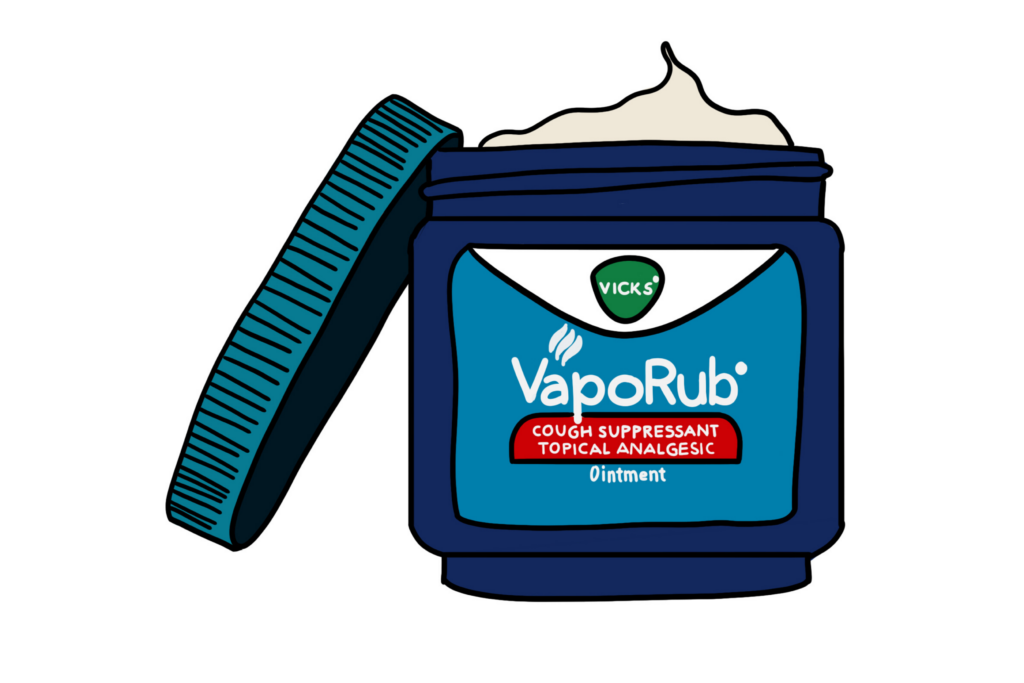
Authors:
Tessa Bailey, Gwendolyn Barnes, Jamie Hicks, Malak Saleh, Emma Stephens, Scott Wilson, BSc Pharm Candidate(s)
Faculty of Pharmacy and Pharmaceutical Sciences, University of Alberta
Corresponding Author:
Aliya Kassamali, PharmD, BSc.Pharm
Edited and Reviewed by The Health Aisle Team
Date Published: January 10, 2020
References:
1. Vicks® (2017). Vicks VaporRub® FAQ. Retrived from: http://vicks.com/en-us/safety-and-faqs/faqs/vicks-vaporub-faq. April 8 2017.
2. Eccles, Ronald & Jawad, Martez & Ramsey, David & Hull, J. (2015). Efficacy of a Topical Aromatic Rub (Vicks VapoRub®)Speed of Action of Subjective Nasal Cooling and Relief from Nasal Congestion. Open Journal of Respiratory Diseases. 5(1):10-18.
3. Burrow, A., Eccles, R., Jones, A. S. (1983). The effects of camphor, eucalyptus and menthol vapour on nasal resistance to airflow and nasal sensation. Acta Octo-laryngologica, 96:1-2, 157-161.
4. 8. Lu, X.Q., Tang, F.D., Wang, Y., Zhao, T., Bian, R.L. (2004). Effect of Eucalyptus globulus oil on lipopolysaccharide-induced chronic bronchitis and mucin hypersecretion in rats. Zhongguo Zhong Yao Za Zhi, 29(2), 168-71.
5. Paul, I.M., Beiler, J.S., King, T.S., Clapp, E.R., Vallati, J.V., Berlin, C. M. (2010). Vapor rub, petrolatum, and no treatment for children with nocturnal cough and cold symptoms. Pediatrics,127(2), 1092-1099.
6. Eccles, R., Jawad, M., Ramsey, D., Hull, J. (2015). Efficacy of a topical aromatic rub (Vicks VapoRub®)-Speed of action of subjective nasal cooling and relief from nasal congestion. Open Journal of Respiratory Diseases, 5(1), 10-18.
7. https://www.canada.ca/en/health-canada/services/healthy-living/your-health/lifestyles/safe-use-health-products-containing-camphor-eucalyptus-oils.html
8. Abanses, Juan Carlos et al. (2009). Vicks VapoRub Induces Mucin Secretion, Decreases Ciliary Beat Frequency, and Increases Tracheal Mucus Transport in the Ferret Trachea. CHEST, 135 (1): 143 – 148.
9. Alsaad, A. M., Fox, C., & Koren, G. (2015). Toxicology and teratology of the active ingredients of professional therapy MuscleCare products during pregnancy and lactation: a systematic review. BMC complementary and alternative medicine, 15, 40.
10. Briggs, G. G, Freeman, R. K., & Yaffe, S. J. (2015). Drugs in pregnancy and lactation: a reference guide to fetal and neonatal risk. 10th ed. Philadelphia: Wolters Kluwer/Lippincott Williams & Wilkins Health.
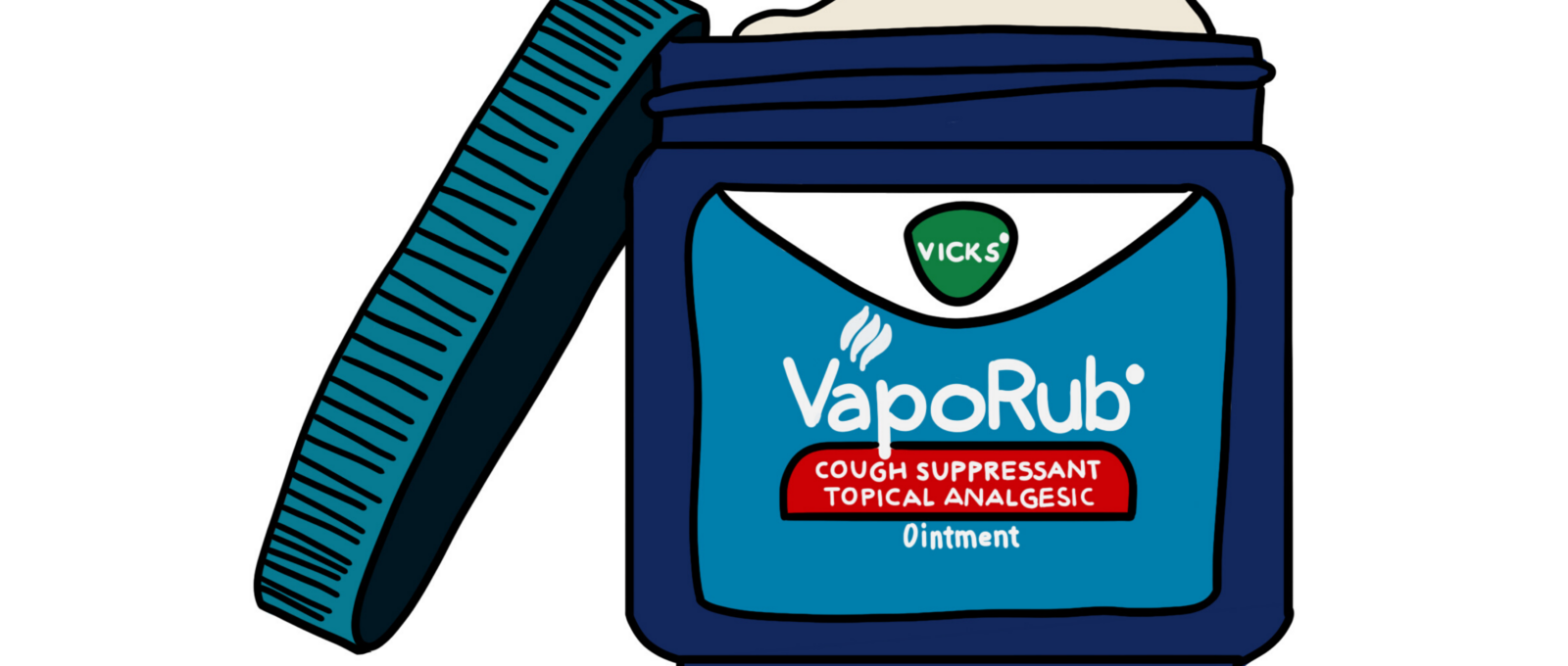

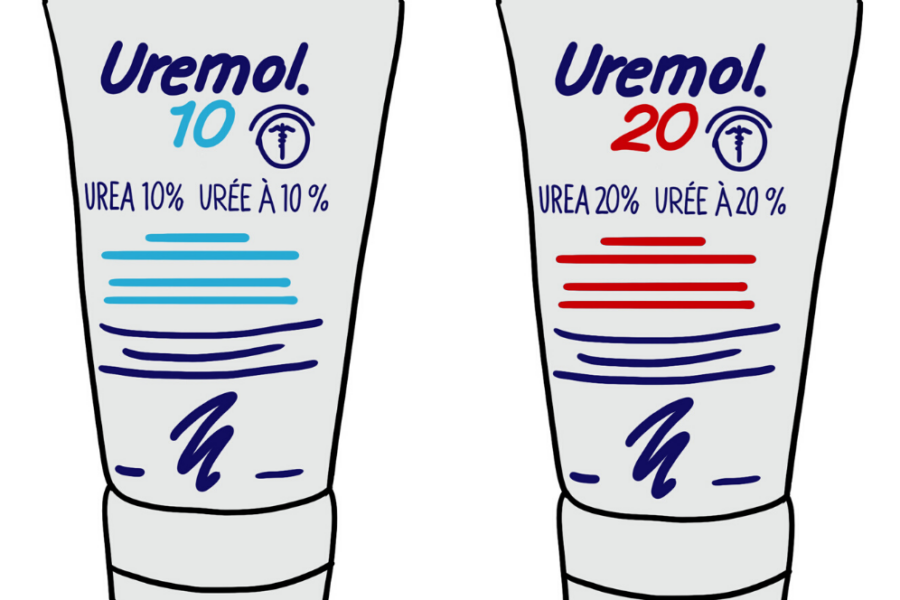

Leave a Comment